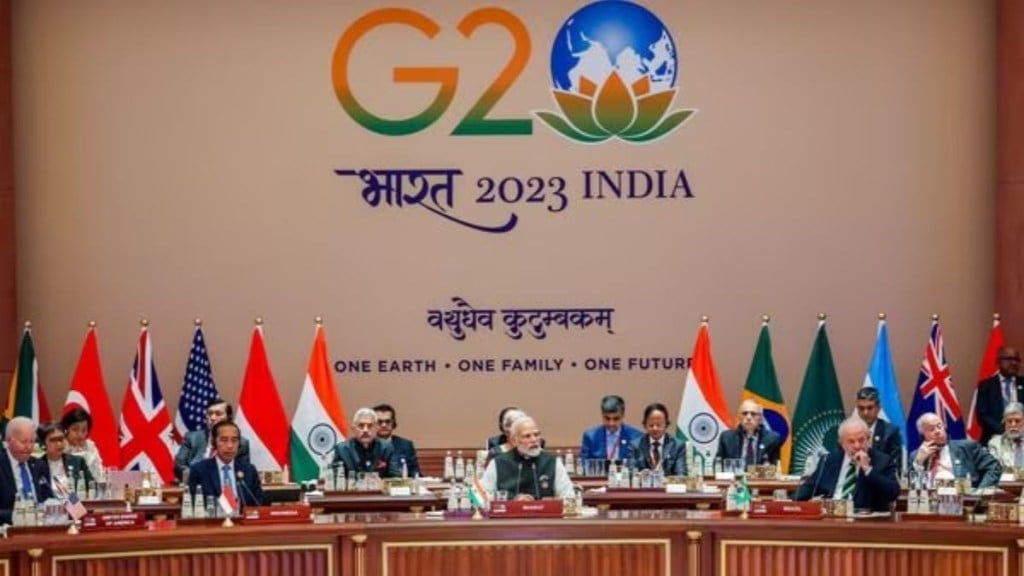At the COP26 climate talks in Glasgow, United Kingdom in November 2021, Prime Minister Narendra Modi, mooted the concept of LiFE –Lifestyle for the Environment – urging peopleworldwide to stay mindful of wasteful consumption. This was in addition to the panchamrit or the five climate-related commitments of India. The G20 New Delhi Leaders’ Declaration revisits LiFE yet again, albeit with a difference. It is articulated here as Lifestyles for Sustainable Development (LiFE). The idea being to promote this while urging for efforts to pursue low-Green House Gas (GHG)/low-carbon emissions, climate-resilient and environmentally sustainable development pathways by championing an integrated and inclusive approach. All of it without losing sight of an enduring need to conserve biodiversity, forests and oceans.
Experts who track global and local efforts on sustainability and climate change and have looked closely at the commitments made in the past – be it COP26 or the COP27 held a year later at the Egyptian resort of Sharm el-Sheikh find the G20 declaration a useful summation of past commitments while acknowledging that time was running out and that earlier announced targets were being missed necessitating a need to accelerate efforts.
The declaration urges “all countries that have not yet aligned their NDCs (Nationally Determined Contributions) with the temperature goal of the Paris Agreement, to revisit and strengthen the 2030 targets in their NDCs, as necessary, by the end of 2023, taking into account different national circumstances.”
The declaration recalls and reaffirms “to the commitment made in 2010 by the developed countries to the goal of mobilising jointly $100 billion climate finance per year by 2020, and annually through 2025, to address the needs of the developing countries, in the context of meaningful mitigation action and transparency in implementation. Developed country contributors expect this goal to be met for the first time in 2023.”
And the declaration also reminds with a note on “the need of $5.8-5.9 trillion in the pre-2030 period required for developing countries, in particular for their needs to implement their NDCs, as well as the need of $4 trillion per year for clean energy technologies by 2030 to reach net zero emissions by 2050.” To those who understand this space and have been tracking the promises and commitments made in the past, there may not be anything new or as one expert, who did not wish to be named, says, “while there is nothing new to enthuse confidence that execution will happen now or in future, perhaps some of the solutions may lie in the repurposing of the multilateral development banks that is being talked about in the media.’
For instance, in the section on sustainable finance, the declaration, among other things, notes: “We welcome the Sustainable Finance Working Group (SFWG) recommendations on the mechanisms to support the timely and adequate mobilisation of resources for climate finance while ensuring support for transition activities in line with country circumstances. We also recognise the significant role of public finance as an important enabler of climate actions, such as leveraging much-needed private finance through blended financial instruments, mechanisms and risk-sharing facilities to address both adaptation and mitigation efforts in a balanced manner.”
What happens next therefore matters. For a start, the Prime Minister has now called for a virtual meet of G20 in November and hopefully everyone gets to work on executing the agreement for that alone can make it worth the candle.

